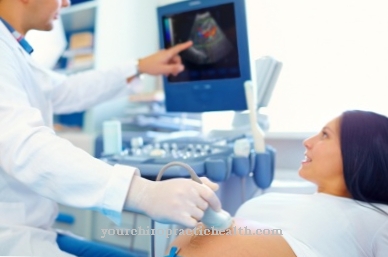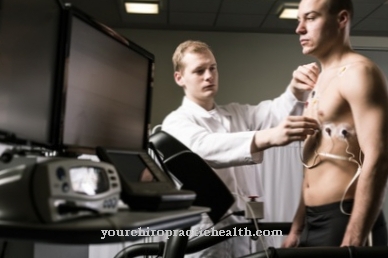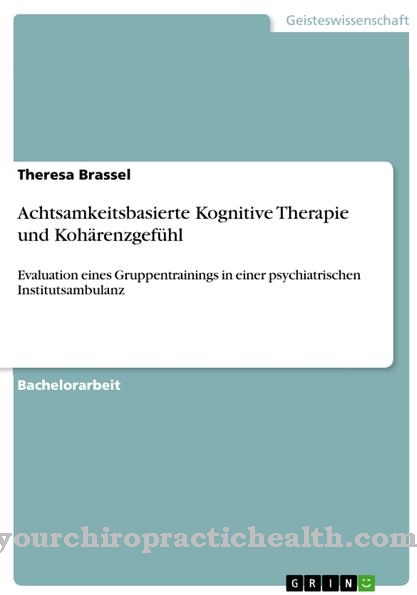Since Etienne-Jules Marey and Auguste Chauveau in the period between 1861 and 1863 the Cardiac catheterization have developed, many risky heart operations have become superfluous, which is not only gentler for the patient, but also offers many advantages from a health economic point of view.
What is a cardiac catheterization exam?

goal of Cardiac catheterization is primary to examine the heart and surrounding vessels. The advantage of this method compared to a conventional operation is that it is gentler on the patient, since it is no longer necessary to open the chest.
Rather, the cardiac catheter examination is minimally invasive, that is, the entire operation is content with a small opening through which the catheter - a tubular medical instrument - is inserted. By exposing the patient to X-rays, the treating doctor can follow the operation on the monitor. The cardiac catheter examination does not only serve to show the heart or the coronary arteries, but offers the possibility to undertake further treatment measures.
For example, as part of the cardiac catheter examination, blocked vessels can be reopened by balloon dilatation. It is also possible to stabilize injured vessels from the inside with a stent - a metallic mesh. Furthermore, diseased or non-functional heart valves can be replaced without the need for major heart surgery.
The main tool in cardiac catheterization is the catheter, a tubular device that wraps a guide wire around it for its own stabilization. Depending on which parts of the heart are to be examined, it is decided from where the catheter is inserted. Venous and arterial veins that run on the wrist, groin and elbow are possible as insertion points for the cardiac catheter examination.
Function, effect & goals
The Cardiac catheterization begins by numbing the place where the catheter is to be inserted. Anesthetics are only given at the express request of the patient, otherwise tranquilizers remain.
If the catheter is expected to be changed, a sheath is then placed as a simplified guide rail at the puncture site. Then the catheter is inserted. The head part of the catheter is designed to be particularly soft in order to prevent injuries to the vessels. To avoid injuries when the catheter is withdrawn, the catheter deforms when changing direction. In addition, it is maneuverable. This is important insofar as it enables the doctor to continue the catheter at the "correct" junction.
Since the guide wire, which is wrapped around the actual catheter, is made of metal, the catheter is visible when the patient is exposed to X-rays. The doctor can therefore always see where the catheter is on the monitor. However, the vessels and the heart itself are not visible under X-rays. A contrast agent is therefore administered to the patient.
However, this does not happen, as is the case, for example, with computed tomography, in that the agent is injected into the patient venously, but is injected into the vessels through the catheter itself.
As soon as the catheter has reached its destination, further treatments can be carried out as part of the cardiac catheter examination, if this should be necessary at all, such as the balloon dilatation already mentioned. If the cardiac catheter examination is successfully completed, the patient cannot be discharged immediately afterwards. Because damage to the vessels cannot be ruled out even with the greatest care on the part of the doctor and this can have unforeseeable consequences, the patient must remain under medical care for a few hours, if not a full day, after the cardiac catheter examination before he can be discharged.
Risks & dangers
Statistically, that is Cardiac catheterization a relatively safe procedure. According to a quality study from 2009, the number of patients who died in hospital as a result of a cardiac catheter examination was 1 percent (around 4,000 people).
Cardiac catheter examinations in which other treatment measures such as balloon dilatation were carried out, the in-hospital mortality was twice as high, namely at 2.4 percent. Patients do not have to worry about radiation exposure either, since at 2,413 cGy * cm² it is in the harmless range.
On the other hand, possible side effects with regard to the contrast agent could become problematic during a cardiac catheter examination. Patients with a chronic hyperthyroidism are particularly affected. The iodine contained in the contrast medium can lead to problems with the thyroid gland.













.jpg)

.jpg)
.jpg)











.jpg)